In a city with shipbuilding in its DNA, BAE Systems’ Applied Shipbuilding Academy in Glasgow is reshaping perceptions of what it means to build warships in the 21st century.
Located in Scotstoun and operated by BAE Systems, the academy is a flagship investment not only in steel but more importantly in people and the next generation of defence talent.
“There’s a perception outwith that shipbuilding is old-fashioned, dirty, heavy industry,” said BAE Systems’ Scott Affleck during a recent site visit. “We know inside that this place is massively complex, massively high-tech. There’s a real sense of purpose in the work that we do and how it contributes to the Royal Navy and their mission.”
Opened in July last year, the facility is a hub for both early careers and experienced personnel. Each year, up to 6,000 individuals, including 200 apprentices, 100 graduates, and thousands of in-career engineers, are expected to pass through its classrooms, workshops, and digital labs. The objective is to modernise the skills base of Clyde shipbuilding for a new era of digitally driven, modular naval engineering. Here’s a quick look around the facility, courtesy of BAE Systems.
At the heart of the centre is a mission to attract new talent. “This is all about attraction,” we were told. “We’ve got STEM classrooms specifically built in. One of the big things we’re trying to do is increase accessibility—rewarding and high-quality careers in technology.” That includes outreach to underrepresented groups, particularly women in engineering, and partnerships with local colleges and councils to create alternative pathways into the industry.
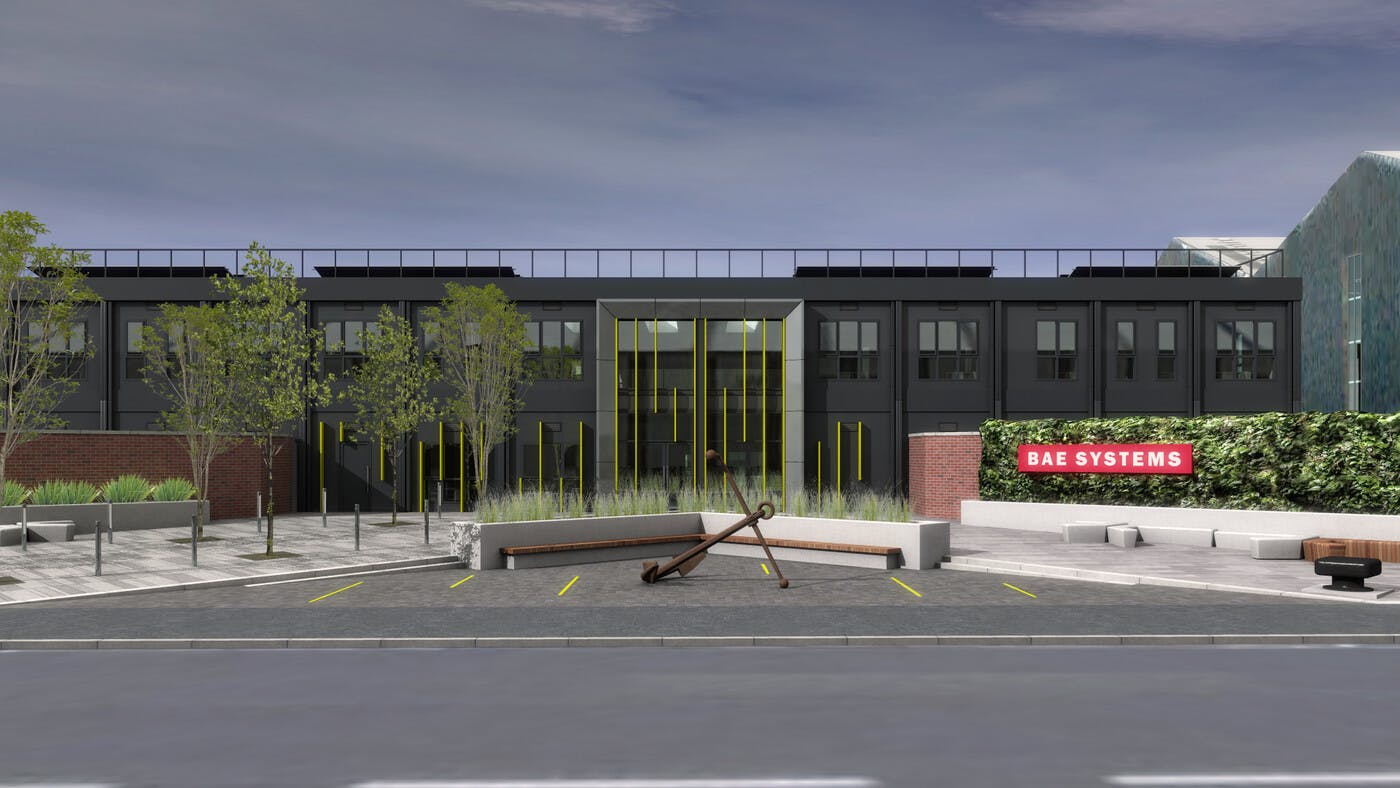
Beyond recruitment, the academy’s focus is on deepening the technical ability of its workforce. “This facility gives us the ability to train them further in the skills and abilities that are most important to designing and building the company further, building on their core functional skills… and applying what they really need to know about the product, the environment it’s going to operate in, and how design decisions affect how the ship performs.”
That training is anything but abstract. In a series of classrooms and simulator halls, cadets and engineers are immersed in practical learning. In one area, virtual welding systems allow trainees to practice their technique using augmented reality, an innovation that saves time, materials, and risk. “It doesn’t generate heat or fumes… it’s a low-cost, highly effective and highly safe way to get people more experience of doing that job.”
In another training room, apprentices rotate through marine-specific practical tasks such as electrical engineering, CAD design, and pipe fitting, often using modules that reflect real ship compartments. The aim is to make apprentices better marine welders, electricians and fitters “than any of the previous generations.”
Assessment is central to the process. Apprentices complete four practical tests during an intensive eight-week block, each designed to simulate the increasing complexity of shipboard tasks. “Assessment one is pretty easy” said one instructor. “Then assessment two is an outside corner joint, a bit harder. Assessment three is a boulder, which is ship-specific. The last assessment is on an overhead—again, building them up for real ship welding.”
All training culminates in an industry-recognised qualification: “You’re not allowed on the ship unless you have that Lloyd’s Register coding,” staff explained. Importantly, the structure encourages experimentation. “Come in here and make mistakes, we see that as a positive thing. Make as many as you can now, so that when you’re in the yard, there aren’t any.” Trainees also receive targeted feedback to avoid fundamental errors without compromising the integrity of assessment.
The academy also offers something rare in UK defence training: live interaction between the future operators of warships and those who design and build them. “We’ve got five graduates and five Royal Navy cadets… all on the University Cadet Entry Program. They’re commissioned officers, and what we’ve done is bring them together to give them a joint experience of what it’s like to design a ship, build a ship, operate and live on a ship.”
That cross-functional learning is reinforced by case studies, drawn from decades of BAE experience, used to train engineers in decision-making, risk, and complexity. “Every single one of these pictures is the front cover of a case study… built on the experience of an engineering director who’s been here for over 30 years. We’ve taken that experience and, much more rapidly, passed it on.”
Even the learning environment reflects a blend of old and new. The hands-on training hall, once a century-old ship assembly area, is now repurposed for structured training, where first-year apprentices undergo blocks of intensive instruction. “Traditionally they’d do that learning in college,” I was told. “What we’ve done here is target parts of the curriculum where ship-specific content, environments, and tools will help make these apprentices better.”
The academy reflects a shift in shipbuilding towards digital systems, precision engineering and data-led design. It is equipping workers with the specialist skills needed to support the Royal Navy’s future fleet and maintain the resilience of the UK’s defence industry.





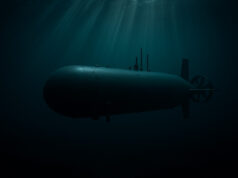

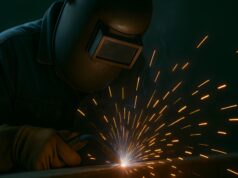

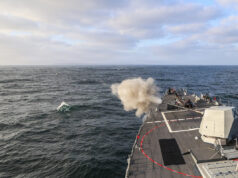
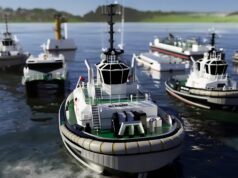
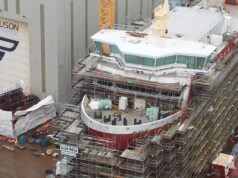
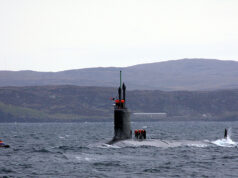

Well I am pleased for the area however it would be good for the country not to have all your eggs in one basket long term. Shipbuilding should be encouraged all around the UK where ships could be built and indeed have been built in the past.
The clyde has a large advantage and should make the most of it.
Excellent! Thanks George.